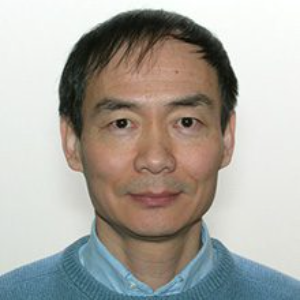Title : Identifying neuromodulation targets for treatment of substance use disorders
Abstract:
Substance use disorder (SUD) is a chronic psychiatric disorder characterized as compulsive drug seeking and taking, as well as repetitive relapse during withdrawal. From a neurocircuitry perspective, SUD is associated with disruptions of multiple brain circuits and networks that underlie these addiction related behaviors. Recently, non-invasive neuromodulation techniques such as transcranial magnetic stimulation (TMS) have shown promise in therapeutic treatment of psychiatric disorders including SUD. However, the target of brain regions/circuits for optimal neuromodulation-based treatment of SUD remains largely unknown. In this presentation, we will discuss three strategies to find optimal neuromodulation targets. First, neuromodulation sites are identified based on neuroimaging and SUD-relevant behaviors (e.g., drug relapse). This will be illustrated by an example of using functional MRI and cocaine relapse follow-up to find potential TMS treatment sites in the dorsolateral prefrontal cortex. Second, neuromodulation sites are identified based on meta-analyses of psychiatric disorders. A newly developed approach that targets the pathological network of the brain will be demonstrated in major depressive disorder and auditory hallucinations of schizophrenia, which can also be used in SUD. Third, neuromodulation sites are identified based on animal models of drug addiction. An example of imbalanced fronto-striatal circuits as potential targets of treatment in a rat model of compulsive drug taking will be shown. These cutting-edge approaches based on imaging markers provide opportunities to identify efficacious targets for treatment of psychiatric disorders including SUD.
Audience Take Away Notes:
- The audience will learn non-invasive neuromodulation techniques such as transcranial magnetic stimulation (TMS) in the treatment of psychiatric disorders.
- The audience will learn cutting-edge approaches to identify neuromodulation targets for treatment of substance use disorders.
- Detailed examples will be given to illustrate these new approaches and the audience will have opportunities to apply these techniques in their research or clinical practice.




